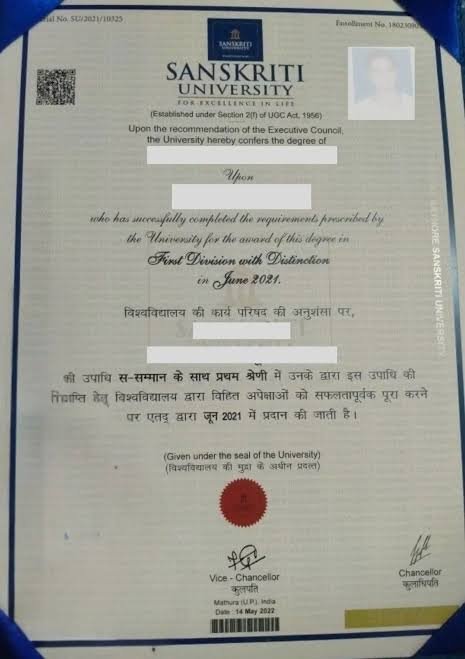
Who should enroll in BAMS, SANSKRITI UNIVERSITY?
- You must have passed the 10+2 examination or its equivalent from a recognized board.
- You need to have obtained a minimum of 50% marks in aggregate in Physics, Chemistry, and Biology taken together.
Why Should You Learn This course?
-
Beginner Friendly
Concise and easy to understand syntax -
Versatile
Over 125,000 Libraries available -
In High-Demand
Fastest growing Programming Language
Hiring Company





What you will learn
Basic Principles of Ayurveda – Understanding the foundation of Ayurvedic medicine (Tridosha, Panchamahabhuta, Dhatus, Malas).
-
Human Anatomy & Physiology (Sharir Rachana & Kriya Sharir) – Study of the human body from both Ayurvedic and modern perspectives.
-
Dravyaguna Vigyan (Ayurvedic Pharmacology) – Study of medicinal plants, herbs, and their properties.
-
Rasa Shastra & Bhaishajya Kalpana – Preparation of Ayurvedic medicines, minerals, and formulations.
-
Kaya Chikitsa (General Medicine) – Diagnosis and treatment of common diseases using Ayurvedic methods.
-
Panchakarma Therapy – Detoxification and rejuvenation therapies like Vamana, Virechana, Basti, Nasya, and Raktamokshana.
-
Shalya Tantra (Surgery & Para-Surgical Techniques) – Surgical procedures in Ayurveda, including Ksharasutra therapy.
-
Shalakya Tantra (ENT & Ophthalmology in Ayurveda) – Treatment of eye, ear, nose, throat, and dental diseases.
-
Prasuti Tantra & Stri Roga (Gynecology & Obstetrics) – Ayurvedic care during pregnancy, childbirth, and postpartum.
-
Kaumarbhritya (Pediatrics in Ayurveda) – Child healthcare, herbal treatments, and nutrition.
-
Agada Tantra (Toxicology & Forensic Medicine) – Study of poisons, antidotes, and forensic practices in Ayurveda.
-
Swasthavritta & Yoga – Preventive healthcare, dietetics, yoga, and lifestyle modifications for well-being.
-
Pathology & Diagnostic Methods – Ayurvedic and modern diagnostic techniques for disease identification.
-
Ayurvedic Surgery & Marma Therapy – Study of energy points and their healing applications.
-
Internship & Practical Training – Hands-on experience in Ayurvedic hospitals, clinics, and research centers.
Technologies you'll Master







Project
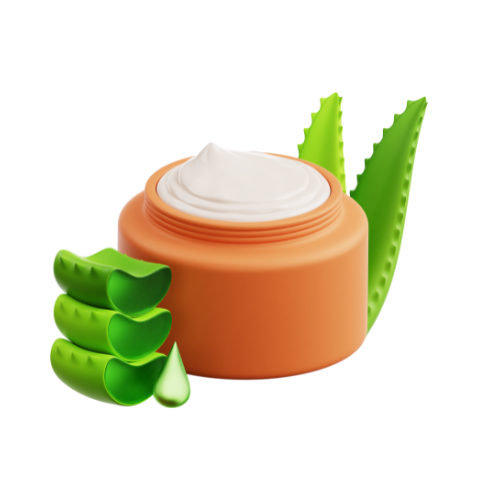
Using Ayurvedic herbs to develop a natural skincare solution.
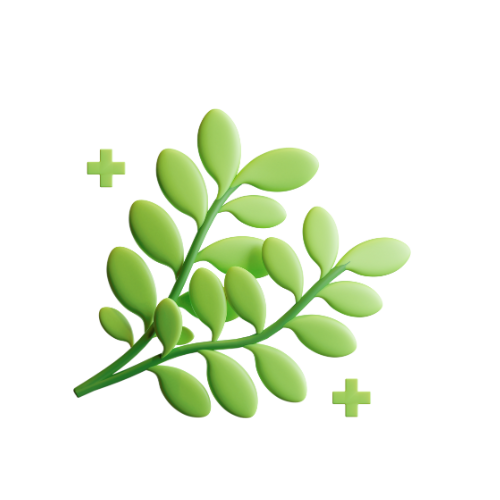
Microscopic and chemical analysis for quality control.

A holistic approach combining diet, lifestyle, and herbal remedies.

A clinical trial-based evaluation.

Developing and testing herbal wound healing formulations.
Program outcomes
- Teamwork.
- Practical Application.
- Problem-Solving Abilities.
- Ayurvedic knowledge .
- Research Skills .


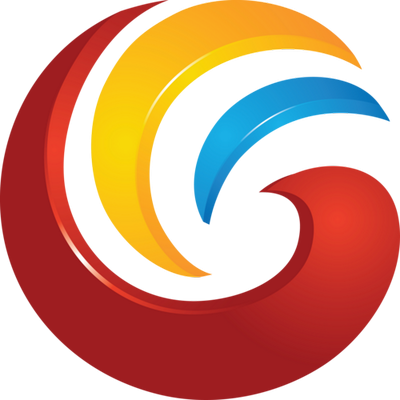




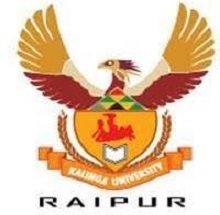









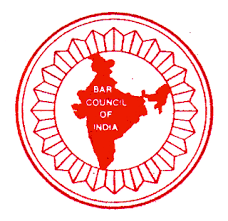

 Info
Info 0 Topic
0 Topic